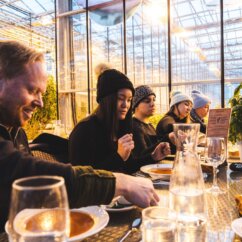The rise of flexible co-living for today’s urban tribes
Anna Brech
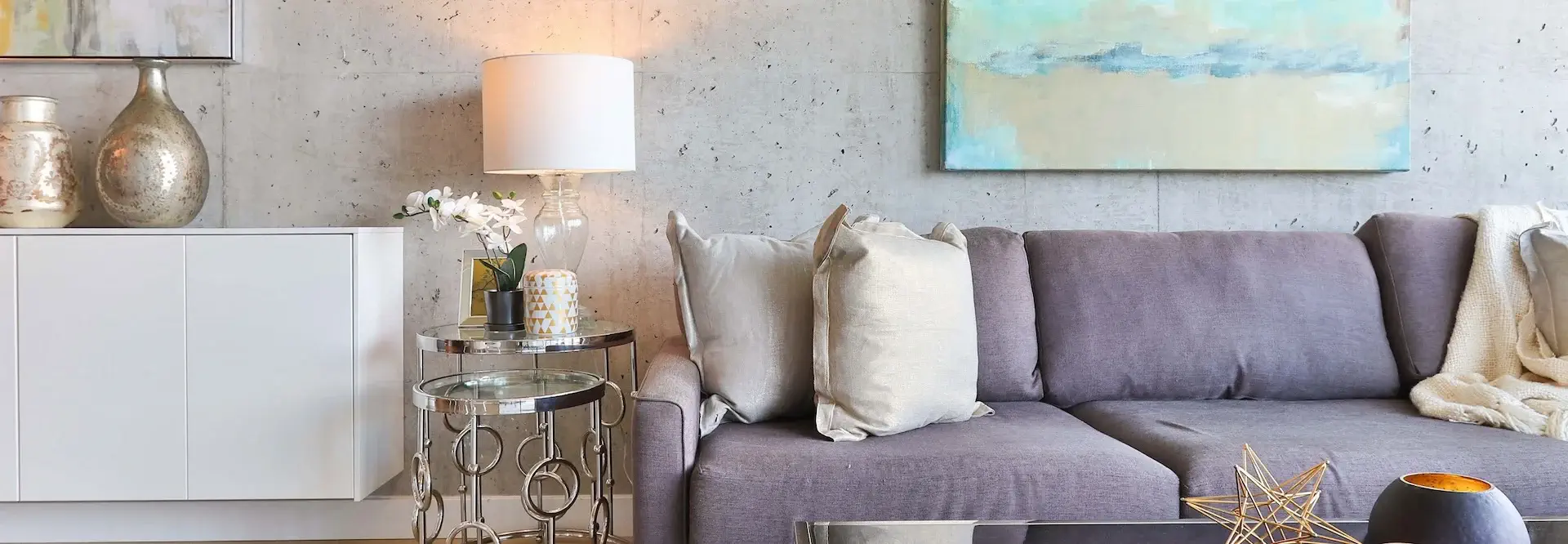
Co-living facilitates freedom and connection for a new generation of solo dwellers, who are looking beyond traditional life goals to form fluid “live and play” communities
In the 1950s, a nuclear family unit was the golden standard – but fast-forward 70 years and the social landscape has changed dramatically.
We now live in an age of freedom and self-expression, where more people are questioning marriage as a legitimate life choice.
In America and around the world, solo living is at an all-time high, but this isn’t solely about being single.
Rather, we’re seeing a subtle tectonic shift that recognises the flexibility of living how you want.
Solo living as a social experience

Slowly but surely, developers are beginning to meet the demands of a new generation of solo dwellers.
Sociologist Eric Klinenberg, who charts the rising appeal of living alone in his book Going Solo, says it’s about striking a balance.
“People don’t necessarily want to be alone; they’re willing to live alone if they can stay connected in a convenient, easy way,” he tells architectural website Urban Omnibus. “You can live in a relatively small apartment and turn the city into your living room.”
Read more: 5 great places with a thriving singles culture
WeLive, the communal living arm of WeWork, is one enterprise that’s harnessing this trend towards an alternative housing model.
The co-living concept offers “convenient, comfortable, and connected space” in New York City and Washington, D.C.
Tenants of all backgrounds can hire small private apartments from one night to a year. A strong neighbourhood spirit is fostered through communal spaces for fitness, weekly events and happy hours.
Amenities include outdoor terraces with jacuzzis, large chef’s kitchens and a personalised concierge service.
A flexible, free-wheeling community

These versatile “live and play” spaces anchor a fluid community of people who don’t want to be locked down by conventional living arrangements.
Members have on-tap access to the kind of strong neighbourly ties that have been on serious decline in recent years (across all household demographics, single or otherwise).
And the best bit is, it’s versatile. Yes, you can get involved in regular movie nights or book clubs with other residents. But you’re also free to do your own thing. As Common, another popular co-living startup, says: “you’re always invited, never obligated”.
Read more: 14 secrets of a digital nomad
This benefit applies in a wider context, too. Without long-term contracts, co-living members can pursue a job in a foreign country, or go travelling for six months.
It’s a free-wheeling vibe that plays directly into our shifting life ambitions. Increasingly, we’re looking beyond the convention of “settling down” in our 30s and 40s, and instead sizing up what else the world has to offer (hello, wanderlust).
Co-living facilitates this, with a refreshingly modern take on the best part of old-fashioned community ties.
“Many companies understood the need to develop social networks and rich social lives at the expense of family lives,” says Elyakim Kislev, sociologist and author of Happy Singlehood. “In a sense, it seems we simply go back to tribal and communal ways of living.”
A modern twist on communal living
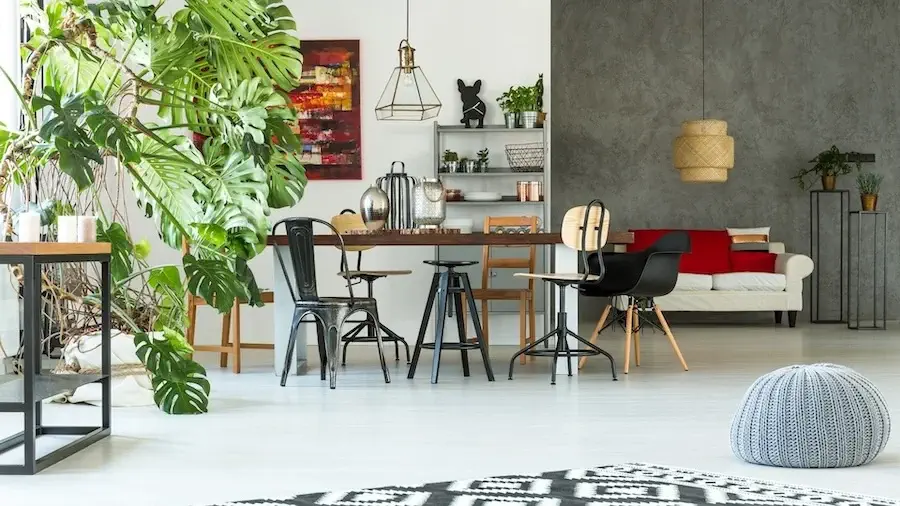
Communal living conjures up the kind of cooperative values seen in a 60s commune, too. Only, unlike its hippie counterpart, the 21st Century option is not united by dogma.
And rather than hemp and incense, you’ll find slick design and first-grade facilities such as photography studios, Japanese tearooms and spas, where residents can mingle.
“It’s a graduate scheme for life. For some, it’s a fantastic community of friends; for others it’s about finding new business opportunities,” says Ed Thomas, community manager at co-living space The Collective, with bases in New York and London.
Read more: All hail Sweden, the world’s single living capital
For members, the value of this lies within a fine line between autonomy and feeling connected.
“Having lived on my own for so long, I didn’t really want to go into a shared house and I think that living at The Collective gives me the best of both worlds,” resident Taras Kontek tells the Independent. The 31-year-old contracts manager is based at The Collective Old Oak, a canal-side building in Willesden Junction.
“I can get as involved in the community activities as I want or if I’m not feeling it at the time I have my own little sanctuary.”
The rise of the urban tribe

This balancing act taps into the emergence of what journalist Ethan Watters calls “urban tribes”; fluid communities of people who live alone, but nearby and together, as an intensely social experience.
This demographic no longer sees marriage as the key indicator of transition to adulthood, but instead focus on other lifestyle factors, including entrepreneurship and travelling. Romantic relationships factor, but they are unlikely to be compromised upon.
Research by Klinenberg shows urban tribes are often more socially engaged with their community than members of a traditional family unit, and are evolving as a substitute to the mould.
They’re starting to crop up all over the world, too, from Denmark, where 8% of the population live in co-housing, to Brazil, one of the fastest-growing nations for single-person households.
Read more: Why women revel in the ritual of being single
In America, Denver – where 27% of people live in single households – and neighbourhoods such as Lakeview in Chicago, and San Francisco’s Marina District, are emerging hot spots.
The rise of urban tribes reflect a growing singles culture, yes. But more than that, it’s indicative of the luxuries and economic freedom of a modern era.
“We are more mobile today in search for opportunity and economic mobility and we don’t want to be tied down,” says Kislev, who aged 37, is single himself. “We want more privacy and time to develop ourselves; we, especially women, are more independent and educated, and we don’t need others to support us.”
At a time of unprecedented life choices, co-living paves a fresh way forward.
Ready to see the world?
Tap your own urban tribe by travelling with a group of like-minded solos
Toast a new dawn in Chile
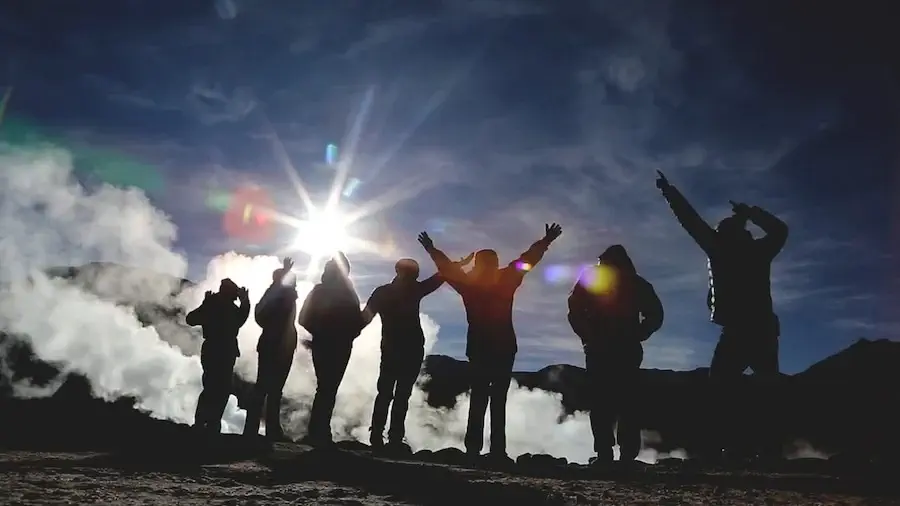
Marvel at steaming geysers on a spectacular sunrise foray, sip sundowners in the Atacama desert and hike through the towering peaks and glacial lakes of Torres del Paine National Park.
Escape to mind-blowing Bali
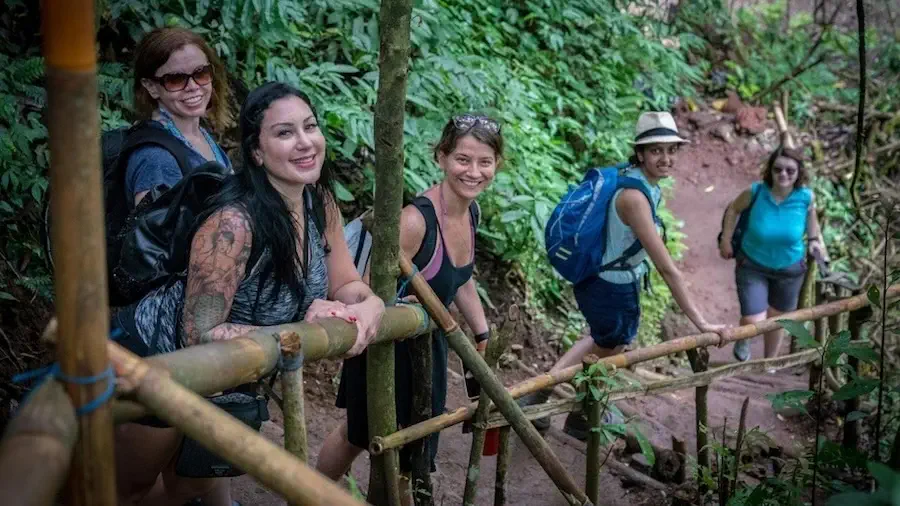
Trek through the jungle highlands of Ubud with anti-gravity yoga, snorkel a WWII shipwreck and spend three days embracing the barefoot lifestyle on the idyllic coral island of Gili Air.
Stretch your limits in Jordan

Rock ‘n’ roll your way through the magnificent Wadi Rum on open-top jeeps, with a Bedouin camp stay and sunrise camel riding. Discover a back-door route to the Rose Red City of Petra, and canyon between towering ravines in the Wadi Mujib.
Images: Shutterstock, Flash Pack


